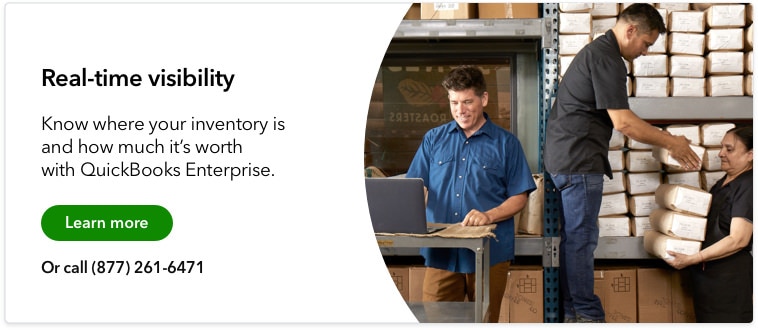Inventory forecasting is the process of predicting how much stock a company needs to keep up with customer demand. These predictions are informed by market research, sales data, and other variables that cause inventory levels to fluctuate.
In today’s uncertain times, companies can’t afford to leave inventory planning to guesswork. Accordingly, accurate inventory forecasts are essential to improve cash flow, satisfy customers, and stay competitive.
This article covers what you need to know about inventory forecasting to optimize your supply chain and keep customers satisfied.














